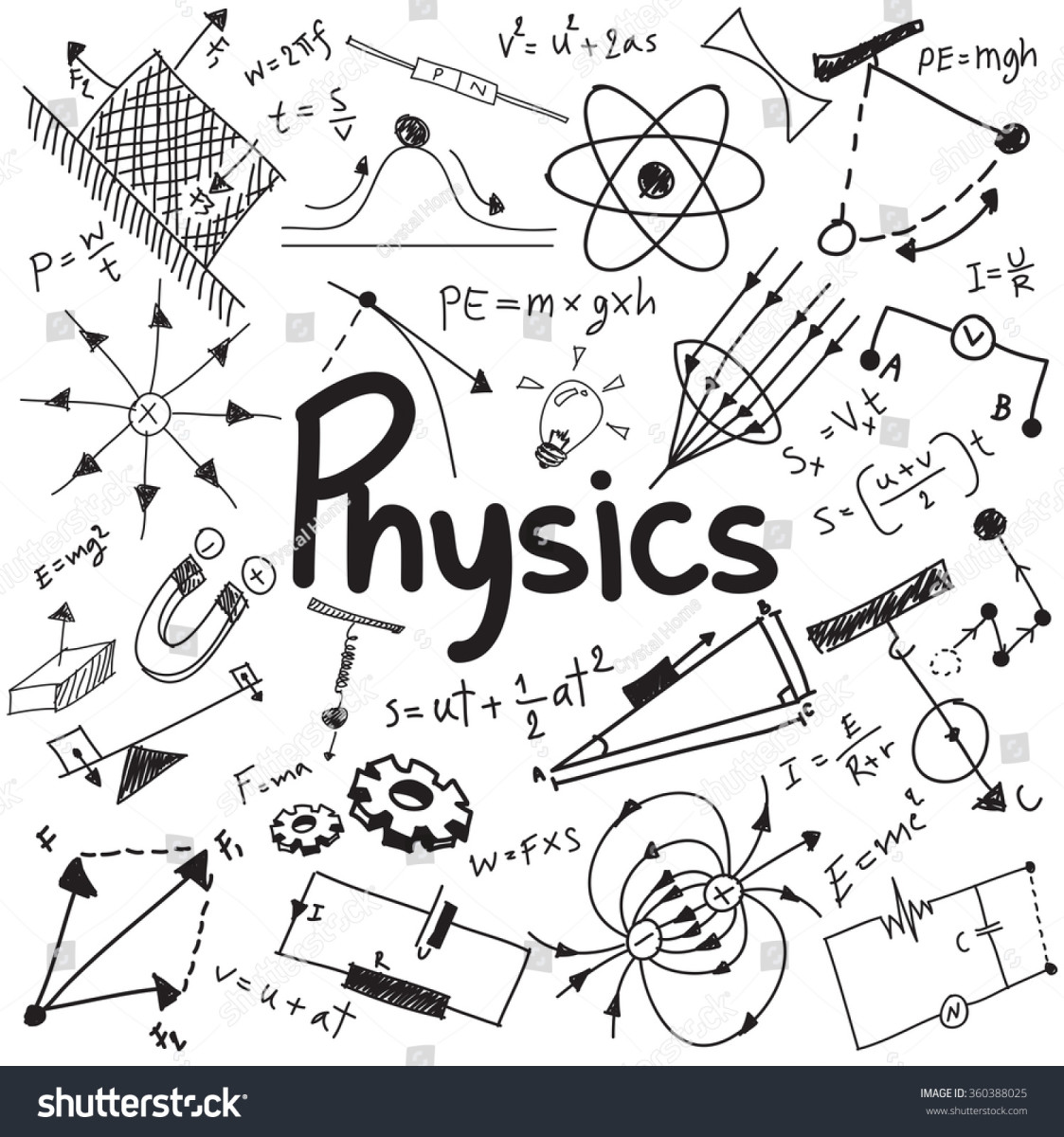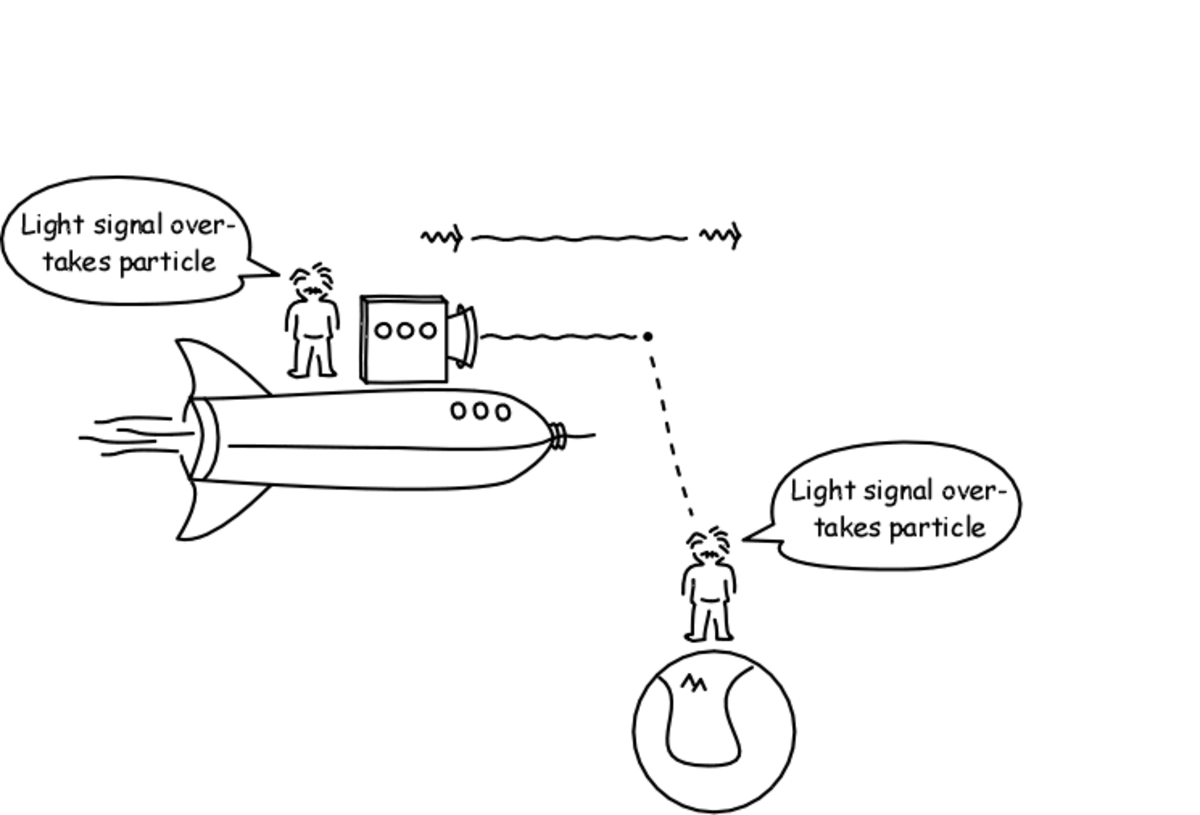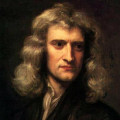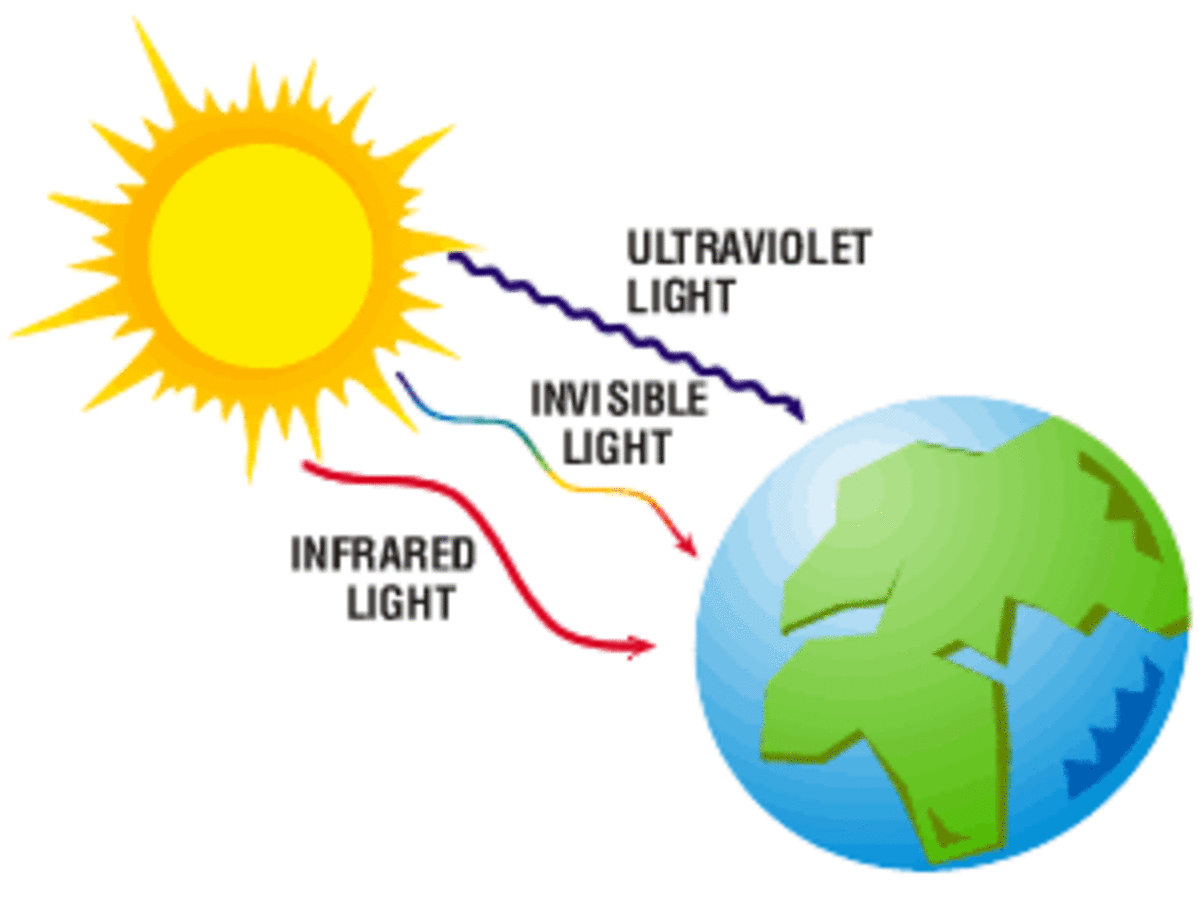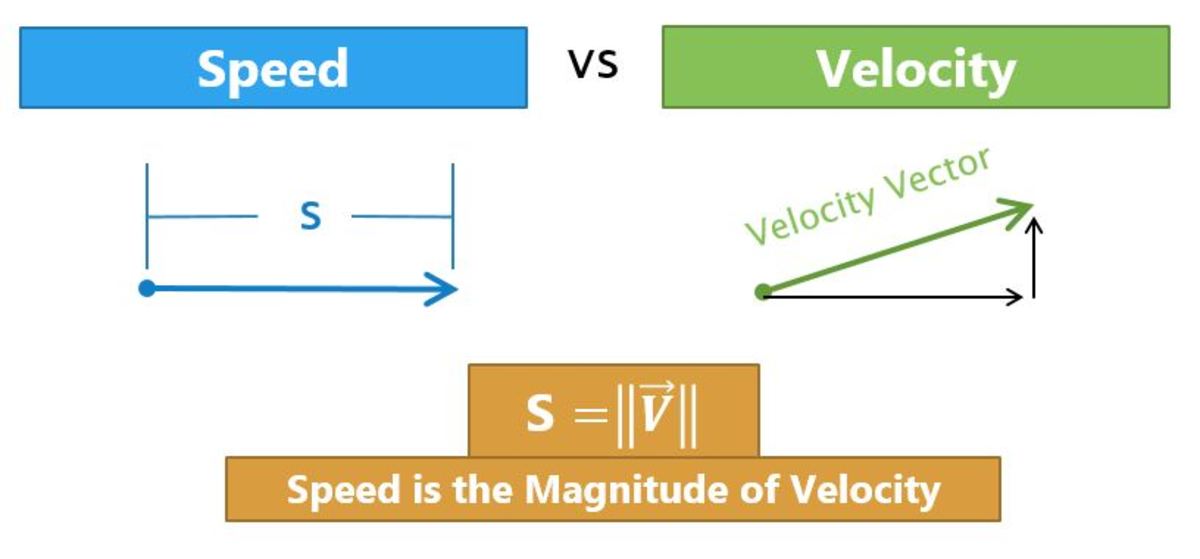The Physics of Bodies in Motion
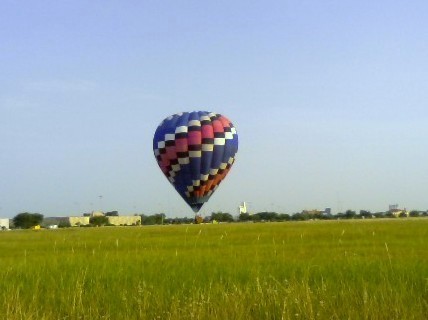
By Joan Whetzel
Scientists have been fascinated with motion since time immemorial. A series of principles, theories and laws have evolved concerning motion, perpetual motion, the Earth's revolution, the energy created by motion, what cause motion and what stops it.
Perpetual Motion Machine
Theories about perpetual motion and machines to create it have been around since at least the 12th century. Hypothetically, perpetual motion machines produce work forever while using less energy than they produce. Perpetual motion machines are supposed to come in one of three types. The first type of perpetual motion machine produces work, or energy, without any connection to an external power source, which violates the First Law of Thermodynamics, also known as the Law of Energy Conservation (described below). The second type of perpetual motion machine automatically transforms thermal energy into mechanical energy. When the thermal and mechanical energy are equal, it violates the Second Law of Thermodynamics. The third type of perpetual motion machine totally erases all friction and any other forces that slow or halt motion, which is impossible since a complete absence of dissipation cannot be achieved.
Newton's Laws of Motion
Newton's Laws of Motion involve the relationship between objects and the forces that act on them to create motion or stop it. The First Law of Motion (the Law of Inertia) asserts that a body will either stay in motion or remain stationary unless acted on by an external force. The Second Law of motion states that the momentum of an object changes in proportion the force applied to it. The Third Law of Motion maintains that for every action there is a equal and opposite reaction.
Conservation of Energy
The Conservation of Energy principle when bodies work together to produce energy within a closed system, the amount of energy used and produced remains constant even when the energy changes forms. In other words, the energy in the system can change forms, but it can't be created or destroyed. The energy takes on one of four forms: energy of motion (kinetic), stored energy (potential) energy in the form of heat, and chemical energy. As an example, the stored energy in an drawn bow will be converted to the kinetic energy of an arrow in motion without any change in the amount of energy. Another example would be the heat energy created by the internal combustion engine being converted into a cars speed.
Foucault's Pendulum
In 1851, French physicist Léon Foucault produced visual proof that the Earth rotated with his invention the Foucault pendulum. His machine consisted of pumpkin-sized pendulum suspended from a tall frame by a 220 foot long wire or cable, which was allowed to swing freely along a vertical plane. The oscillating path of the pendulum remained straight while the Earth rotated in a circular path under it. The pendulum would swing along a straight path which rotated in a clockwise direction at a pace of 11 degrees an hour at the North Pole (90 degrees North latitude) taking 32.7 hours to rotate a full circle, while in Houston (at 30 degrees North latitude), the pendulum would take approximately 48 hours to rotate a full circle, and at the equator (0 degrees latitude) the pendulum would not rotate at all.
Newton's Cradle
In 1967, Simon Prebble designed and coined the name Newton's Cradle for the toy produced by his company. The Newton's Cradle - originally constructed with a wood frame - now is available in metal frames and consists of either 5 or 7 metal balls, all the same size and weight. They hanging from a set of wires such that they are lined up and can swing along a horizontal plane of motion. When not set in motion, the balls just touch each other. The way the Newton's Cradle works is that, when one ball is lifted and released, it falls back into place to strike the row of stationary balls. The energy from the released ball is transmitted through the stationary balls to the ball on the other end, which has an equal but opposite reaction. It swings out the opposite direction with approximately the same amount of energy. This toy is meant to demonstrate conservation of energy as well as conservation of momentum. The Newton's Cradle remains in motion for a considerable amount of time. Since there is a small amount of energy loss with each strike of a ball, the energy and momentum will eventually diminish until the swinging stops. This toy comes in a range of sizes, with the largest size containing 20 bowling balls weighing 15 pounds apiece. The bowling balls are strung between 20 foot cables.
An October 2011 episode of Myth Busters ran an experiment on Newton's cradle, in an attempt to find out two things. First they wanted to see if the energy loss would increase as the size of the Newton's Cradle increased. The second test was to see if the demolition crane Newton's Cradle - as shown in the Kit Kat ® Commercial could be a repeatable event, or if it was a computer generated hoax.
The team built several Newton's Cradles of different sizes with proportionally sized and weighted balls. They timed each Newton's Cradle in motion to find out how long each one maintained its motion. Then they calculated the amount of energy loss each Newton's Cradle exhibited. As expected, the larger the Newton's Cradle, the greater the loss of energy and momentum over time. They ranged from a Newton's Cradle with 21/2 inch balls having an energy loss of about 98% to a Cradle with 6 inch balls and a 94% loss of energy.
Their second experiment, based on the Kit Kat ® commercial, was to create a Newton's Cradle with five balls the same size and weight as the demolition balls shown in the commercial. The created the balls from 5 marine buoys, filled with concrete and rebar, and reinforced around the center seam with a steel plate. The "wrecking balls", weighing 1 ton each, were hung between steel cables and suspended from an I-beam at a Mare Island Naval Shipyard. one of the balls was pulled back and released. When it struck the row of wrecking balls, it did transfer some energy through the balls to the wrecking ball on the far end. However, the loss of energy was great, and the resultant loss of momentum caused the gigantic Newton's Cradle to come to a stop quickly. They determined that (1) the Kit Kat® commercial Newton's Cradle crane was probably computer generated as the real thing busted the myth and (2) the larger the Newton's Cradle, the greater the loss of energy and momentum.
The Kit Kat ® Demolition Crane Newton's Cradle can be viewed on YouTube:
http://creativecriminals.com/tvcinemafilm/kitkat-newtons-cradle/
The Myth Busters Newton's Cradle Crane After Show Q&A session:
http://dsc.discovery.com/videos/mythbusters-newtons-crane-cradle
Bibliography
Absolute Astronomy: Perpetual Motion. Downloaded 12/18/2011.
http://www.absoluteastronomy.com/topics/Perpetual_motion
Absolute Astronomy: Foucault's Pendulum. Downloaded: 12/18/2011.
http://www.absoluteastronomy.com/topics/Foucault_pendulum
Myth Busters Results: Newton's Crane Cradle. Downloaded: 12/17/2011.
http://mythbustersresults.com/newtons-crane-cradle
Myth Busters After Show: Newton's Cradle Crane. Downloaded 12/18/2011.
http://dsc.discovery.com/videos/mythbusters-newtons-crane-cradle
Pickover, Clifford A. The Physics Book: From the Big Bang to Quantum Resurrection, 250 Milestones in the History of Physics. New York: Sterling Publishing, 2011. Pp 66, 86, 108, 160, 228.
Think Quest. The Law of Conservation of Energy. Downloaded: 12/18/2011.


